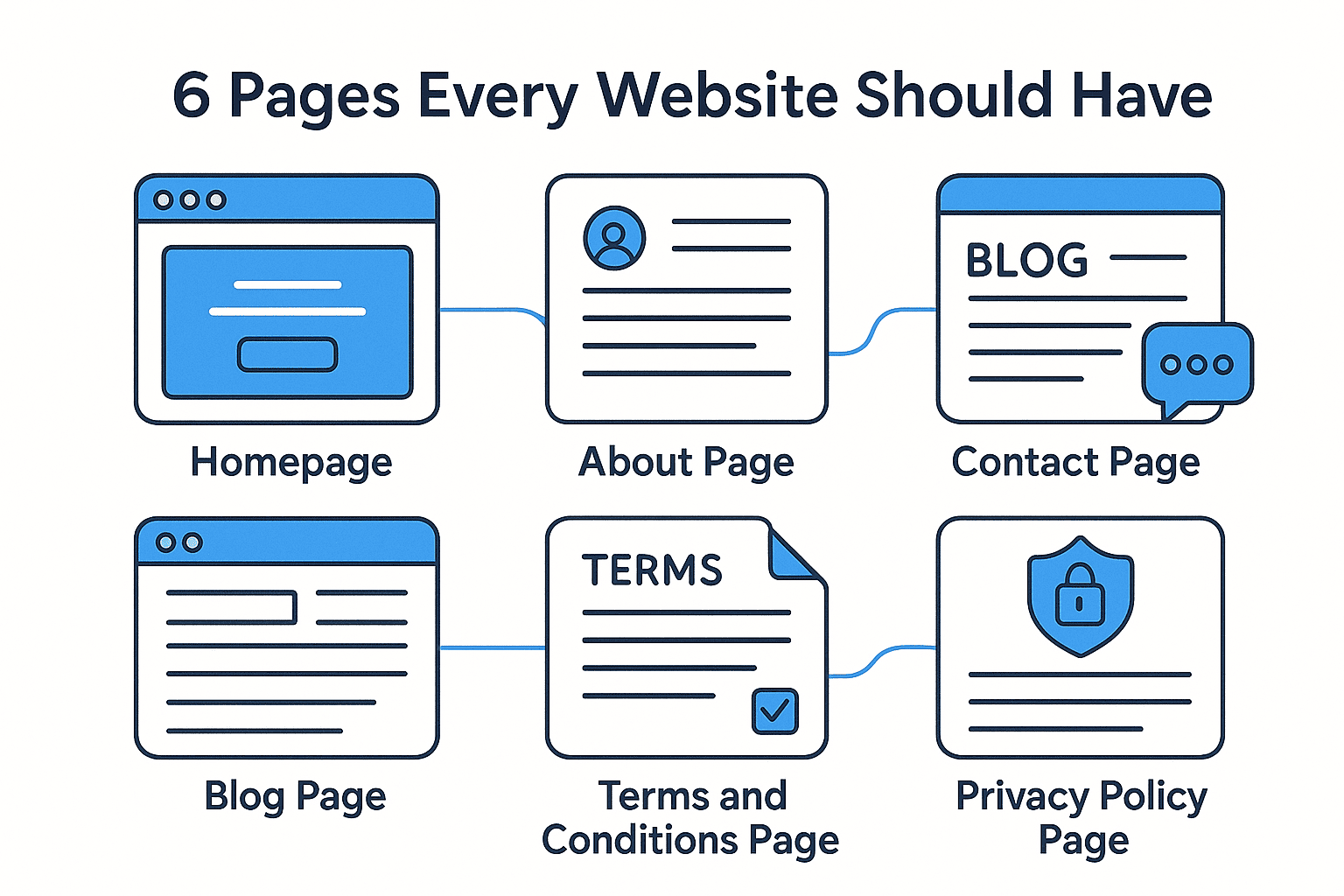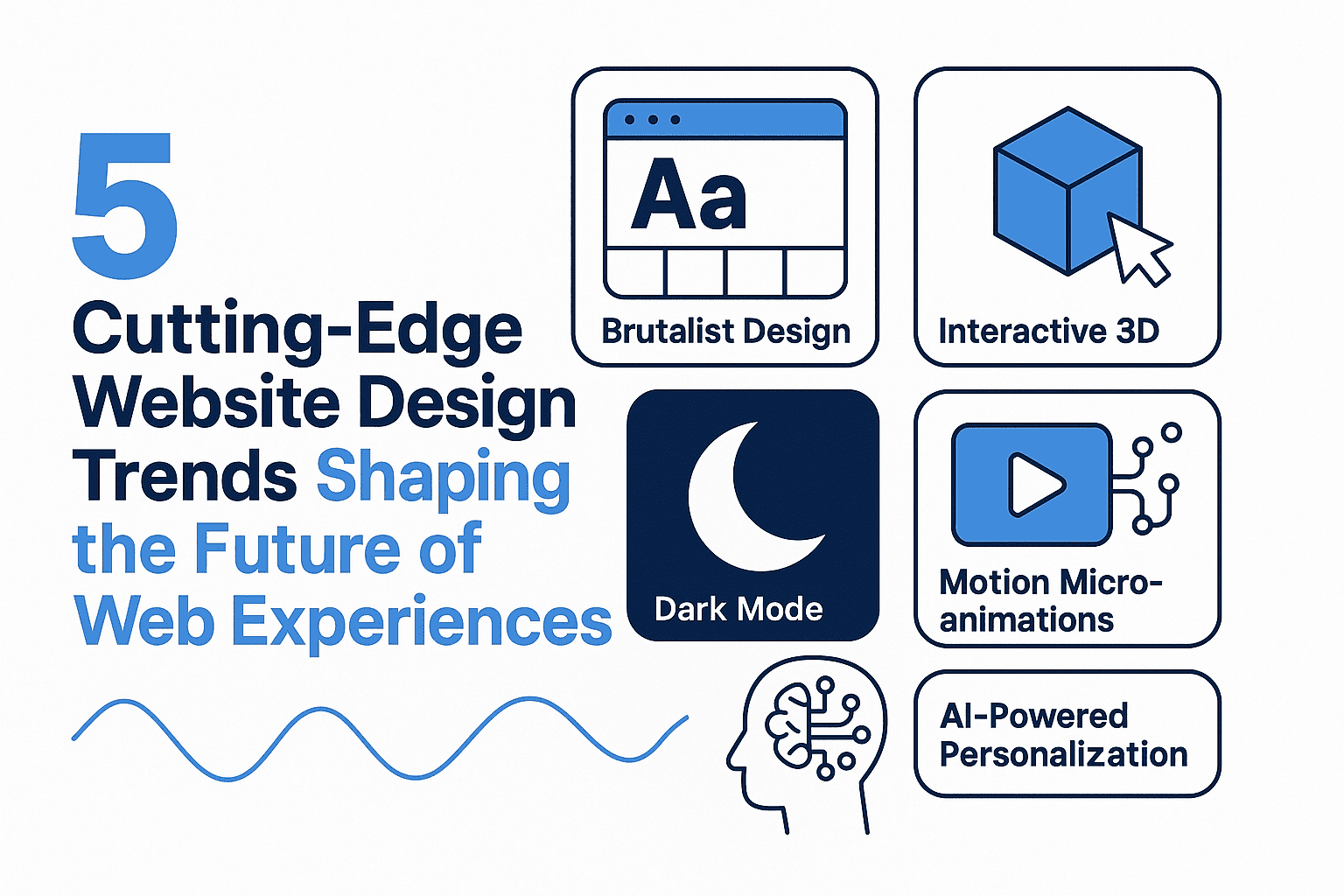When building a website, choosing the right framework is critical. Two of the most popular options are Bootstrap and Tailwind CSS, both CSS frameworks with distinct philosophies, strengths, and use cases. While Bootstrap has been a staple for years, Tailwind CSS is gaining traction as developers seek more control and flexibility. Let’s break down the key differences between these two frameworks to help you decide which is better for your project.
What Is Bootstrap?
Bootstrap is a traditional CSS framework that provides pre-designed components (buttons, navbars, modals) and a responsive grid system. It was built with rapid prototyping in mind, making it ideal for developers who want to jump into a project quickly without writing custom CSS. Bootstrap’s component-centric approach means you can reuse existing styles and layouts, but it also limits deep customization.
Bootstrap’s strengths:
- Easy to learn for beginners.
- Large community and ecosystem (plugins, themes, templates).
- Built-in responsive design tools.
What Is Tailwind CSS?
Tailwind CSS is a utility-first framework that provides low-level utility classes for styling elements. Instead of predefined components, Tailwind gives you fine-grained control over every design detail through a set of utility classes (e.g., text-red-500, w-full). This approach allows developers to build custom designs without relying on pre-built components.
Tailwind’s strengths:
- Highly customizable and flexible for unique designs.
- No bloat, only includes styles you explicitly use.
- Modern, scalable for complex projects.
Performance: Bootstrap vs. Tailwind
- Bootstrap: Uses a large CSS file (~400KB+), which can slow down performance if not optimized. While Bootstrap 5 introduced a smaller footprint, it’s still heavier than Tailwind in many cases.
- Tailwind: By default, Tailwind includes all utility classes, but its purge system removes unused styles during production. This results in smaller file sizes (often under 100KB) and faster load times for most projects.
Verdict: Tailwind’s performance advantage makes it a better choice for performance-critical applications or projects where speed is essential.
Build Time: Bootstrap vs. Tailwind
- Bootstrap: Static CSS files, so build time is minimal. Ideal for quick projects with little customization.
- Tailwind: Requires a build step (via PostCSS, Webpack, or Vite) to compile utility classes into production-ready CSS. While this adds complexity, it ensures only necessary styles are included, improving efficiency.
Verdict: Bootstrap wins for simplicity and speed in basic projects, but Tailwind’s build process is a small trade-off for its performance benefits.
Community and Ecosystem
- Bootstrap: Has a mature community with extensive documentation, plugins (like Bootstrap Studio), and a vast library of templates. It’s ideal for developers who prefer out-of-the-box solutions.
- Tailwind: Gaining momentum, with a growing community and tools like
tailwindcssextensions for VS Code. However, its ecosystem is still developing compared to Bootstrap’s maturity.
Verdict: Bootstrap’s larger community and plugin ecosystem make it safer for developers hesitant to adopt newer frameworks. Tailwind requires more learning but offers unique flexibility.
When to Use Bootstrap vs. Tailwind
| Use Case | Bootstrap | Tailwind CSS |
|---|---|---|
| Rapid prototyping | ✅ | ❌ (requires more time to customize) |
| Simple, standard designs | ✅ | ❌ (overkill for basic layouts) |
| Custom, complex designs | ❌ | ✅ |
| Performance-critical apps | ❌ (bloat) | ✅ (lightweight, purgeable styles) |
Which One to Pick?
-
Choose Bootstrap if:
- You need a fast, out-of-the-box solution.
- Your project has standard designs (e.g., portfolios, landing pages).
- You prefer a mature ecosystem with plugins and templates.
-
Choose Tailwind if:
- You want full control over design details (e.g., custom themes, micro-interactions).
- You prioritize performance and scalability.
- You’re comfortable with a slightly steeper learning curve for a utility-first approach.
Personal Perspective: My Experience with Tailwind
As someone who has used both frameworks, I’ve found that Tailwind CSS offers unmatched flexibility for modern projects. While Bootstrap’s pre-built components save time, they can feel limiting when you need to deviate from the standard. Tailwind’s utility-first approach allows me to iterate quickly and maintain clean, semantic code without sacrificing performance.
I’ve minimal experience with Bootstrap in recent projects because I find Tailwind’s approach more aligned with modern design trends and developer workflows. That said, Bootstrap remains a solid choice for teams new to CSS frameworks or projects with strict deadlines.
Final Thoughts
Bootstrap and Tailwind CSS each have their place in the web development ecosystem. Bootstrap is a reliable, time-tested framework for standard designs, while Tailwind CSS offers the power and agility needed for custom, performance-driven projects.
If you’re working on a project that requires scalability, customization, and speed, Tailwind CSS is the way to go. For simpler needs or when time-to-market is critical, Bootstrap remains a strong contender, especially if you’re already familiar with its ecosystem.
In short: Tailwind wins for flexibility and performance, Bootstrap wins for simplicity and community support. Choose based on your project’s needs, and don’t be afraid to experiment with both!



